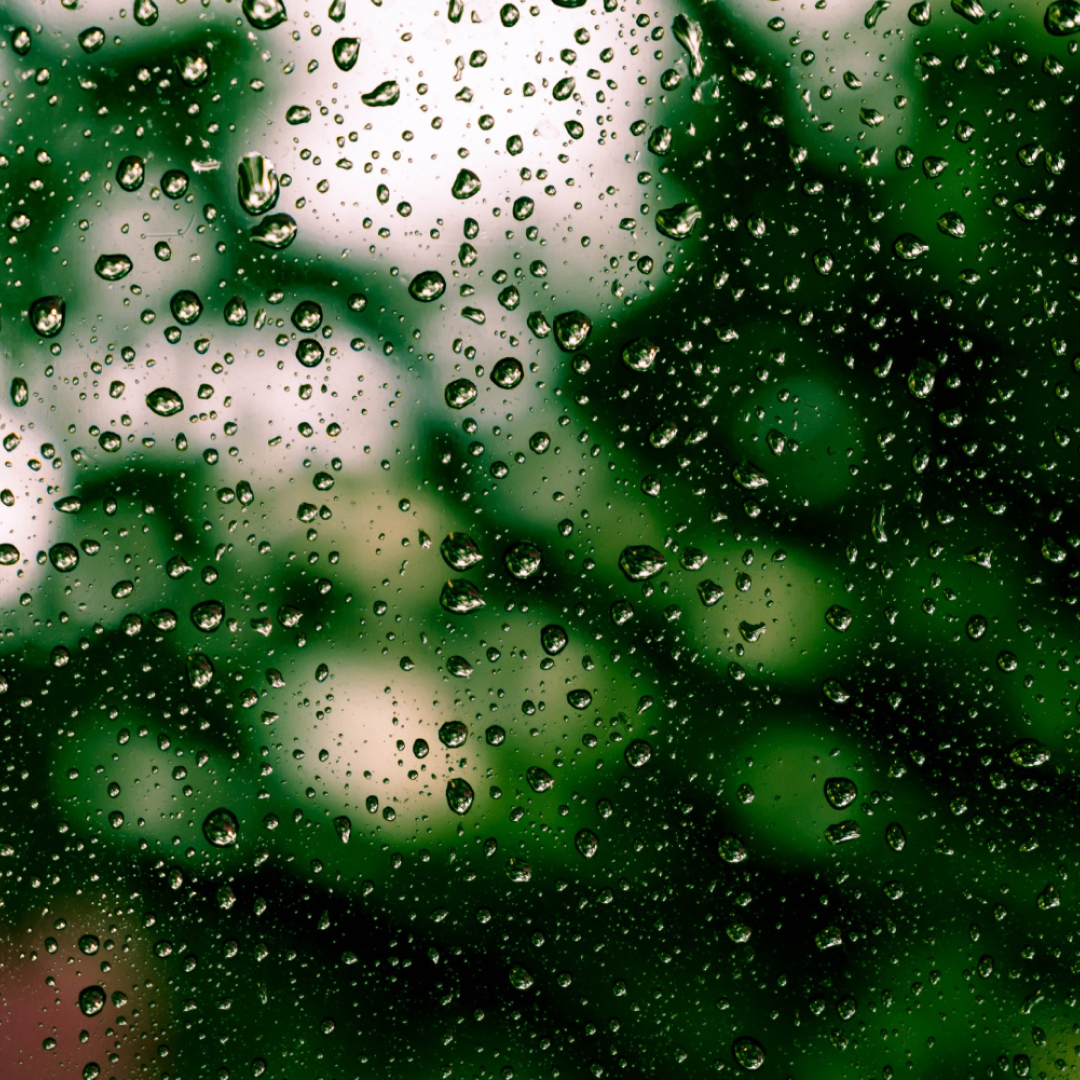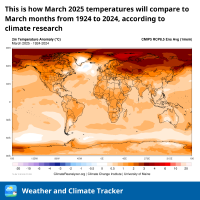Light Drizzle

Light drizzle is a type of light rainfall characterized by very fine water droplets falling from the sky. It typically occurs when the temperature is above freezing, around 5 to 10 degrees Celsius (41 to 50 degrees Fahrenheit), but can also happen at slightly colder temperatures. Light drizzle is common in regions with mild or cool climates, especially during transitional seasons like spring and autumn.
Causes: Light drizzle is primarily the result of a combination of factors, including:
- Moisture in the Air: To form drizzle, there must be sufficient moisture in the atmosphere. This moisture often comes from the presence of a nearby body of water, such as an ocean or a large lake.
- Stable Atmosphere: Light drizzle typically occurs when the atmosphere is stable, meaning that air near the surface is cooler than the air above it. This stable atmosphere prevents the raindrops from evaporating before they reach the ground.
- Lifting Mechanism: Something must trigger the air to rise and cool, causing the moisture to condense into tiny droplets. This lifting mechanism can be a warm front meeting a cold front, orographic lifting due to mountains, or other meteorological processes.
Differences from Similar Conditions:
- Light Rain vs. Light Drizzle: Light drizzle consists of very fine, mist-like droplets that are smaller in size compared to light rain. Light raindrops are larger and more noticeable.
- Fog vs. Light Drizzle: Fog consists of water droplets suspended in the air near the ground, while light drizzle involves these tiny droplets falling to the ground. Foggy conditions can sometimes lead to light drizzle if the fog becomes denser.
- Mist vs. Light Drizzle: Mist is similar to light drizzle in that it involves fine water droplets in the air. However, mist stays suspended in the air, while light drizzle falls to the ground.
- Freezing Drizzle: When temperatures drop below freezing (0 degrees Celsius or 32 degrees Fahrenheit) and drizzle occurs, it’s referred to as “freezing drizzle.” This can result in the formation of ice on surfaces and is more hazardous than light drizzle.
In summary, light drizzle is a weather condition characterized by very fine water droplets falling from the sky at temperatures around 5 to 10 degrees Celsius (41 to 50 degrees Fahrenheit). It occurs due to moisture in the air, stable atmospheric conditions, and a lifting mechanism triggering condensation. Light drizzle differs from other conditions like light rain, fog, mist, and freezing drizzle based on droplet size, behavior, and temperature.
Light drizzle differs from other conditions like light rain, fog, mist, and freezing drizzle based on droplet size, behavior, and temperature.
This post is also available in: Spanish.



